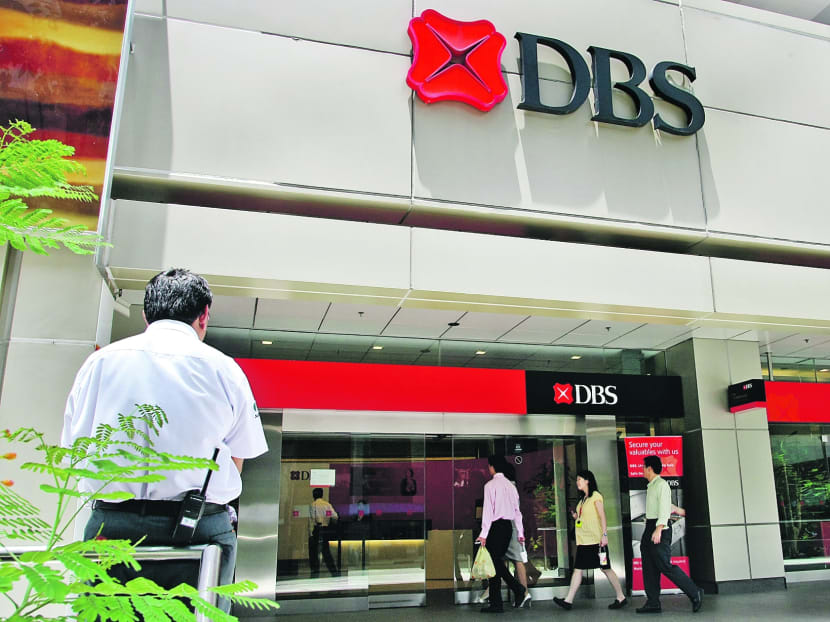Singapore banks are strong, not at risk, says MAS
SINGAPORE — The three local banks have the highest average credit ratings in the world and are not at risk, the Monetary Authority of Singapore (MAS) said yesterday, a day after rating agency Moody’s Investors Service cut its outlook on the Republic’s banking sector to negative from stable.

TODAY File Photo
SINGAPORE — The three local banks have the highest average credit ratings in the world and are not at risk, the Monetary Authority of Singapore (MAS) said yesterday, a day after rating agency Moody’s Investors Service cut its outlook on the Republic’s banking sector to negative from stable.
“Local banks continue to have strong financial positions by any serious assessment. As Moody’s itself concluded, the local banks have enough capital to withstand even the severe stress test scenarios that it considered. They maintain capital levels well above the Basel requirements that are prescribed globally,” the central bank said.
Moody’s cast its negative outlook on Singapore’s banking system because of the recent period of rapid loan growth and rising real estate prices here, as well as in regional markets where the three local banks are active.
In its report, Moody’s said these factors have increased the probability of deterioration in credit quality under potentially adverse conditions for the banks in the future, such as an increase in interest rates.
If that happened, borrowers’ ability to pay outstanding obligations could be undermined, it noted.
In response, the MAS said that while it had been concerned that some borrowers could become overstretched, “the local banks are not at risk”.
“They undertake regular stress tests on their own as well as coordinated by the MAS and have adequate buffers in place to cope with the inevitable upturn in the interest rate cycle,” it said.
With regard to property market risks, the MAS said it had taken pre-emptive measures along with other Government agencies to cool the sector, including tightening loan-to-value ratios for mortgages, introducing additional stamp duties on real estate transactions and shortening loan tenures.
Since 2009, the Government has introduced seven rounds of housing market cooling measures to rein in prices that have surged on a combination of cheap funds, hot money and underbuilding in the past. Home prices in Singapore have surged 61 per cent from the market trough about four years ago.
For the longer term, the MAS has established a total debt servicing ratio framework for property buyers that seeks to prevent over-borrowing, so that risks from rising interest rates can be mitigated. The central bank has also been monitoring banks’ credit underwriting practices to ensure they remain prudent.
In Bloomberg Markets’ annual ranking of the world’s strongest banks released in May, the three local banks were placed in the top six — with OCBC in second place, DBS in fifth and UOB in sixth. Bloomberg ranked the lenders on key criteria such as the ratio of Tier 1 capital to risk-weighted assets, the ratio of non-performing assets to total assets, the ratio of loan loss reserves to non-performing assets, the ratio of deposits to funding, and the efficiency ratio, which compares costs with revenue.
The MAS also pointed out yesterday that Moody’s had been revising downwards its ratings outlook over the past two years for a number of well-rated banking systems.
“This is understandable, in light of the impact that low global interest rates have had on credit growth and asset prices and the potential risks when interest rates rise. The local banks are not immune to such concerns,” the central bank said.





